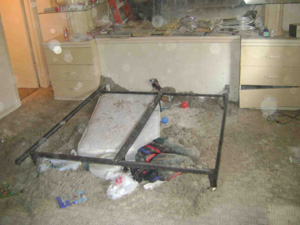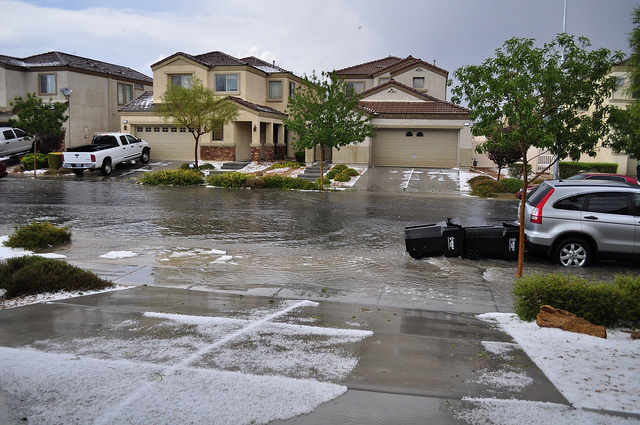Tips for Removing Water from Your Home
The potential for floodingFlooding is the overflow or accumulation of water in areas t... More in the Kissimmee, FL area is greater during the spring season and floods that occur within the home can cause significant damage if they are not immediately dealt with. If you notice water entering your home, you should take action immediately to stop the floodingFlooding is the overflow or accumulation of water in areas t... More at its source and begin removing some of the water to prevent significant damage to your property. While it is best to call a water damage restoration professional for serious cases, following these tips will help you avoid damage from floodingFlooding is the overflow or accumulation of water in areas t... More in emergency situations.
Source
The first thing you should do if you discover water coming into your home has located the source of the water and stop the floodingFlooding is the overflow or accumulation of water in areas t... More. Cutting off the source of the flood is the most important step to take to prevent significant water damage to your home. If the source of the flood is a plumbing issue, stop the leak if you can and call for professional assistance right away. If the source of the flood is severe weather, then do everything you can to prevent more water from entering your house such as diverting it away with sandbags or drainage.
Turn Off Power
After locating the source of the flood, the next step is to protect your personal safety by shutting off your power. It is important that you shut off the power before moving about your home because water is an excellent conductor of electric current and the risk of getting electrocuted is greatly increased during floods. Once the power is shut off, you may proceed through the house.
Water Removal/ Aeration
The next step is to find the areas of your home with the heaviest floodingFlooding is the overflow or accumulation of water in areas t... More and start removing the water. The most effective ways to remove flood water before a professional arrives are by mopping or blot dryingDrying is the process of removing moisture from materials, s... More the area or using a wet shop vacuum to remove standing water. You should only use a shop vacuum built for water removal and never a regular vacuum cleaner. As you are removing the water, you should also make sure your home is well aerated to help the dryingDrying is the process of removing moisture from materials, s... More process. Keeping the doors within the house and all the windows open will help remove the excess moisture that is left after the water is removed. Use fans and dehumidifiers to dry out the affected area. It’s important to dry out the area as quickly as possible to prevent moldMold is a type of fungus that grows in damp or humid conditi... More growth.
Call for a Professional Water Damage Restoration Company
Once the water is removed and the area is cleaned up, check for any damage to floors, walls, or other areas. If you notice any damage, it’s important to have it repaired as soon as possible to prevent further problems. Following these steps alone can be efficient for cleaning up small, manageable floods but if the floodingFlooding is the overflow or accumulation of water in areas t... More is severe, contact a professional disaster restoration company immediately. Many water damage restorationWater damage restoration is the professional process of clea... More professionals are available to take calls 24 hours a day to respond to emergency floodingFlooding is the overflow or accumulation of water in areas t... More needs. Whether the floodingFlooding is the overflow or accumulation of water in areas t... More in your home is minor or severe, acting quickly and following these water removal tips before a professional arrives can help you avoid significant damage to your home.













